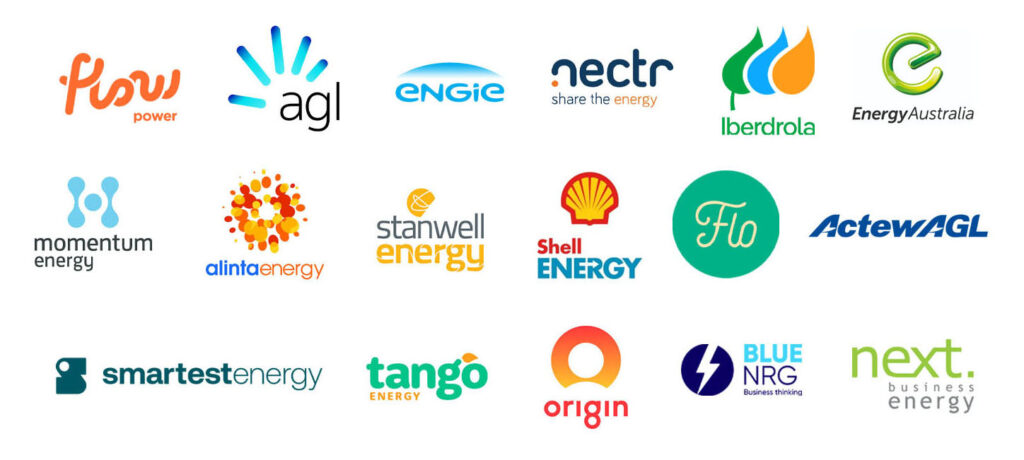Australia’s electricity generators are bringing the closure of coal-fired power plants forward by years at a time because coal-fired energy is no longer profitable, but the question is: Why are coal plants closing early?
In its Draft 2022 Integrated System Plan (ISP), the Australian Energy Market Operator said two-thirds of coal generation capacity will be gone by 2030. After drawing up a timeline for the exit of coal, AEMO expects the last black coal-fired generator to shutter its doors and cease operations by 2043.
Coal-fired energy accounts for 75 per cent of Australia’s energy generation and contributes around 23 gigawatts of electricity to the National Energy Market.
As things stand, AEMO revised its projections in its 2022 report. It expects as much as 14GW of coal-fired power to withdraw from the NEM by 2030.
The question many people ask is, “Why are coal plants closing early?”
How coal power works
Coal was very important in the development of Australia’s energy grid. The first thing that one needs to keep in mind about the energy grid is that it was never meant to be a two-way street.
It was designed to take electricity from where it is generated to the end-user.
Coal, oil, or diesel is burned to heat water into steam. Then, the superheated steam was released through high-pressure valves to spin turbines, creating electricity.
The electricity would then be dispatched from generators to substations around the country to the end-user.
They would generate what is known as “baseload power” – the minimum amount of electric power needed to be supplied to the electrical grid at any given time.
Most traditional fossil fuel-fired power plants take time to peak (fire up) and generate electricity.
This characteristic is referred to as inertia, meaning that they are not responsive to significant demand fluctuations.
In addition, to run profitably, they need to be running 24 hours a day and seven days a week.
The rise of renewable energy and battery storage
Australia has one of the fastest-growing renewable energy sectors in the world. Rooftop solar uptake and generation continue to set records year on year while large-scale solar farm investment continues to rise.
Solar technology has not yet reached its full potential, and Photovoltaic panels are becoming cheaper, more durable and more reliable.
Wind power is also a key player in the mix, and the increasing promise of offshore wind farms with higher yields is putting further pressure on coal generation.
Technology is also evolving and Green Hydrogen is yet another disruptive technology that could dent coal’s profitability.
By 2050 when coal has been completely phased out, Australia’s National Energy Grid will look much different than it does today.
Excess supply and lower demand mean reduced need for baseload
Australia’s daily energy consumption pattern has become predictable.
It is moderately high in the morning as everyone wakes up and sets into their routine of getting ready for work. It then drops off in mid-morning till around 4 pm before spiking drastically as soon as the sun goes down.
The reason for this is two-fold. First, rooftop solar winds down as the sun gets lower and sets.
Secondly, we all put the kettle on, cook dinner, watch TV and consume high volumes of energy before going to bed.
Solar and wind energy are not dispatchable on demand because both are dependent on the sun’s cycle and wind patterns.
We cannot predict it, except that we know that the sun sets at night. As a result, the NEM must accommodate it.
Solar power, primarily generated by rooftop setups, has dramatically eroded the demand for baseload power during the day.
It’s simple. Homes and businesses draw on their self-generated power and reduce the amount of energy needed from the grid.
But coal plants just can’t be turned off and back on again. It does not make economic sense.
So they keep rolling, creating a sort of artificial floor.
The reduction in demand for baseload power is causing thermal generators to make less money when they sell to the spot market.
This makes them less viable, meaning that it is not worth spending money on maintenance to keep them running.
A perfect example was when the Hazelwood coal plant in Victoria shut in 2017 without warning.
Thermal power plants have traditionally been used to cover the “super peak” periods (6-9 pm each day).
As they began to exit the market, the grid began to rely more on expensive peak load generators like gas.
The phenomenon is called the Duck Curve because the early morning peak, daytime trough and subsequent massive spike in the evening look like the shape of a duck.
Large-scale batteries: game-changers for coal
Electricity generation companies were keeping in the game by ramping up gas fast peakers, which can meet surges in demand within 15 minutes. However, the advent of large-scale battery storage has changed the game completely.
While still in its infancy, battery storage has proven far more reliable and efficient than coal or gas.
The batteries can dispatch stored power stored in milliseconds to where needed. In addition, it has the added benefit of stabilising the grid’s frequency when there is a substantial discrepancy between demand and supply that could cause damage.
Batteries have proven to be the best option in terms of price and flexibility, and the 30-minute settlement rule is set to change to five minutes to improve results.
Electricity generators also seem to embrace them. AGL and Energy Australia have already committed to projects to build solar farms and battery storage units at the sites of coal generators they plan to close.
The reason is that the infrastructure is already in place to dispatch energy into the grid without making significant financial investments.
The price of coal and logistics
Besides the fact that the baseload power economic model is no longer viable, coal generators are stuck with two other problems.
First, the cost of mining coal and the financial cost of transporting it from the mines to where it is consumed to create electricity continues to rise.
Coal power generators need prices of $50-55 per MWh to break even, but renewable operators can charge much lower prices.
Rock-bottom prices have been exacerbated by the COVID-19 downturn and a reduction in demand due to a very cool summer.
In 2019, 21% of Australia’s total electricity generation was from renewable energy sources, including wind (7%), solar (7%) and hydro (5%) and the figures for 2020 are expected to climb even higher.
State governments are also putting their Renewable Energy Maps in place, further facilitating new solar and wind farms and grid connectivity.
Suddenly, optimistic estimates made in 2017 of having 50% renewables by 2030 were too conservative as state governments pushed the drive to reach Net Zero in the fight against climate change.
If coal plants go bust, they will affect price volatility in the medium term.
The supply side will respond, but the approach and magnitude will very much depend on what the Energy Security Board lays out for its restructuring of the National Energy Market.
The Energy Security Board will release a paper in March with more detail on re-design options for the NEM before a final report in June that would set out a “transition path” for the critical work areas.
One of the key areas that the ESB is expected to address is enough backup power and storage to replace coal plants as they close.
At the last official count, coal still accounts for 75 per cent of Australia’s electricity generation, and that power will have to come from somewhere when the wind is not blowing and the sun isn’t shining.
Do you want to learn more about the National Energy Market?
If you want to learn more about the National Energy Market and the latest developments in the electricity sector, you can sign up for our newsletter or visit our blog section.
Keep an eye out for the rest in the series of our “Exit of Coal” blog series.
We source, analyse, compare and rank commercial, industrial and multisite energy quotes. Obligation Free.
Chat with one of our experienced consultants today and get the insights your business needs to help manage the risks associated with volatile electricity and natural gas markets. Our energy procurement service is obligation-free and provides a time-saving way of securing lower energy rates from our panel of energy retailers.















